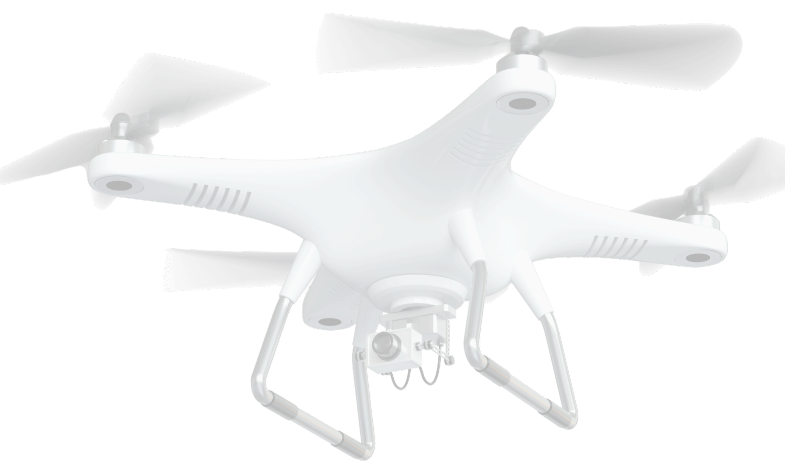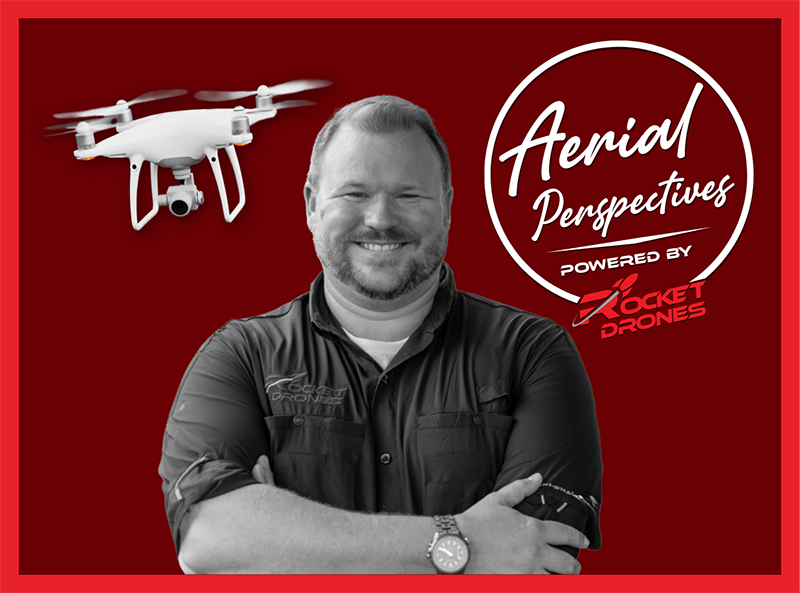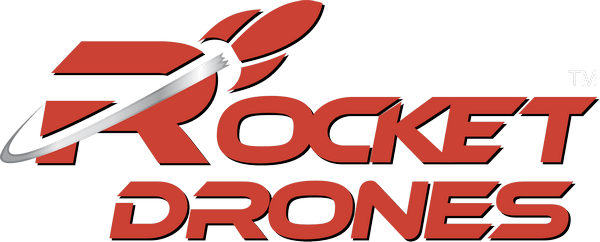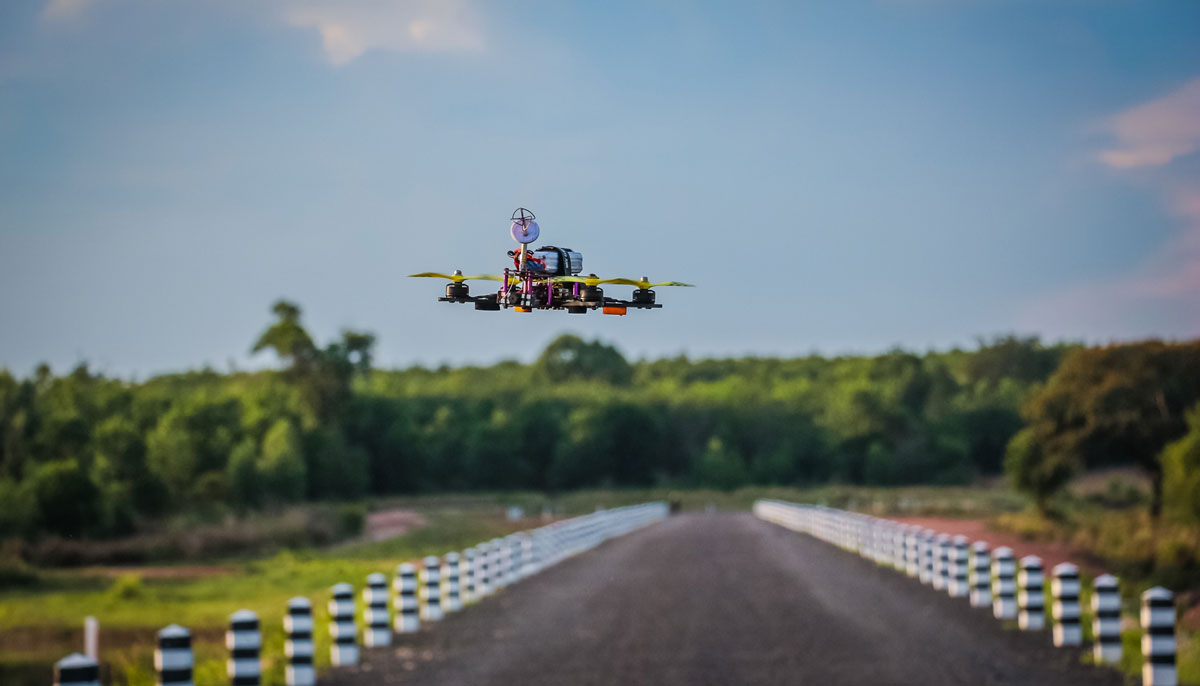
How Fast Can a Drone Fly?
Are you wondering how fast a drone can fly? The answer is…there are a lot of answers. The truth is, the speed of a particular drone can vary as much as the speed of different types of cars. Some drones are built for speed. Other drones are built to function for high-end still photography and don’t need to travel fast. At Rocket Drones, we have experience with a wide variety of drones that can operate at different speeds. In this article, we will discuss the fastest drone speeds, which types of drones are fastest, and what determines how fast a drone flies.
What Is the Fastest Drone Speed?
If you’re reading this article to get the blood pumping with the fastest drone ever story, we’re going to deliver that information right out of the gate. As of 2024, the Peregreen 2 drone was built by Luke Maximo Bell and his father as an attempt to make the fastest drone in the world and overtake the previous record holder. Luke and his dad succeeded with their custom-built drone that reached an average speed of 247 MPH. To put it in perspective, the average speed of a Formula 1 race car is around 200 MPH with a top-end speed of 230 MPH. Yeah, that’s fast!
How Fast Are FPV Drones?
While it’s fun to talk about the record breakers, drones like the Peregreen 2 are by no means an indication of how fast average drones travel through the air. In fact, it’s not even close. To gain a better understanding, FPV drones are among the fastest consumer drones available on the market. These are the platforms that are used in competitive drone racing. On average, racers can maintain speeds of around 80 to 100 MPH. This is still incredibly fast considering that these drones are maneuvering through tight turns and obstacles at these speeds.
How Fast Are Photography Drones?
Maybe this is where the excitement ends if you have a need for speed. When considering the speed of your average photography drone, they are much slower than the newer FPV variants. This is because reaching high speeds and executing tight turns is simply not practical in terms of why these drones are used. Commercial photography and video drones prioritize stability and smooth movements to capture stunning still photos and videos. On average, you can expect to reach speeds anywhere from 30 to 40 MPH on a standard commercial quadcopter drone.
Does the Federal Aviation Administration Regulate Drone Speed?
You bet they do. Since drones are classified as unmanned aircrafts, the FAA has a say when you’re operating a drone in the skies above. To start, the FAA outlines clearly that you may not operate your drone above 400 feet from the ground. Additionally, the maximum speed allowed without any waivers or special authorizations is 100 MPH. These regulations are why drone manufacturers limit the top speed of their consumer drones to remain compliant. If you want to brush up on FAA regulations before take off, you can visit their website to make sure you are operating safely and legally.
What Determines How Fast a Drone Can Fly?
Just like airplanes, the same rules apply for drones. Engineers and manufacturers can control how fast they want the aircraft to go during the building and design phase. Below are just a few things that can factor into the top speed of any drone.
Motors
This is by far the biggest factor. Outfitting a drone with a high-end motor and a quality propeller system can greatly increase the speed of the aircraft. It’s important to note that sending more power to a motor means more battery power which may impact flight time. This is why FPV drones, on average, only remain airborne for less than half the time of a commercial photography drone.
Aerodynamics
The laws of physics apply to any aircraft, including drones. Designing a drone that is more aerodynamic will increase its potential for top speeds. Similarly, poor design and cheap components will make a drone slower and harder to maneuver.
Weight
This ties in closely with aerodynamics. Simply put, lighter materials mean that the propulsion system of the drone has less to push through the air. Using lightweight materials and the latest technology can help reduce the total weight of an aircraft and increase speed potential.
How Fast Are Rocket Drones?
Rocket Drones is the premier provider of drone racing, drone curriculum, and drone career training for middle schools, high schools, and colleges. A major part of our program’s advanced learning is the implementation of drone racing at schools. Since our FPV racing drones are built for learning and with safety in mind, student pilots can expect to achieve 22 to 25 MPH during practice and competition. This allows students and coaches to focus on the fundamentals of drone piloting and maneuvering in a limited indoor setting without stress or fear of damaging components in the event of a crash.
Final Thoughts on How Fast a Drone Can Fly
While top speeds will always be part of the conversation for drone enthusiasts, it’s certainly not the only thing that matters. Stability, camera quality, payload, and applications are all equally important to the continued innovation of drone technology. If you have mastered the commercial photography drone platform and want to test your skills with a faster system, we recommend purchasing an FPV drone. The first-person view platform puts the pilot in the cockpit of the drone for a totally immersive flying experience. If you want to learn more about FPV drones and their capabilities, read our article on the topic.
Get In Touch
If you’re ready to take the next step with Rocket Drones at your school, learn more about it and get in touch with us on our curriculums page.
Aerial Perspectives Podcast

Discover the exciting world of drones with Aerial Perspectives! Each episode takes you behind the scenes with drone pilots from diverse industries–cinematography, construction, inspection, agriculture, and more.





